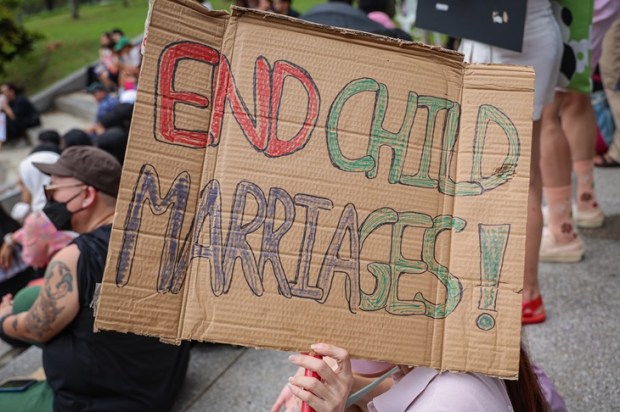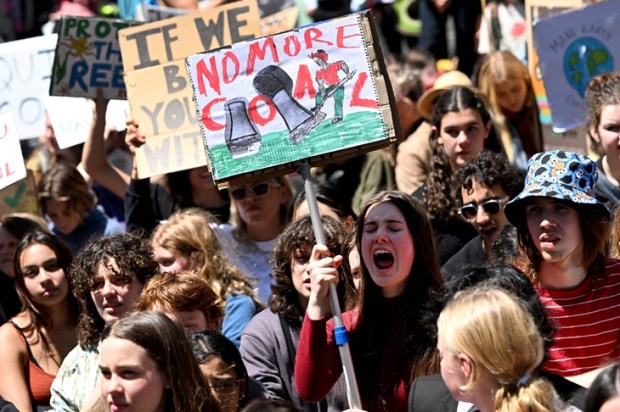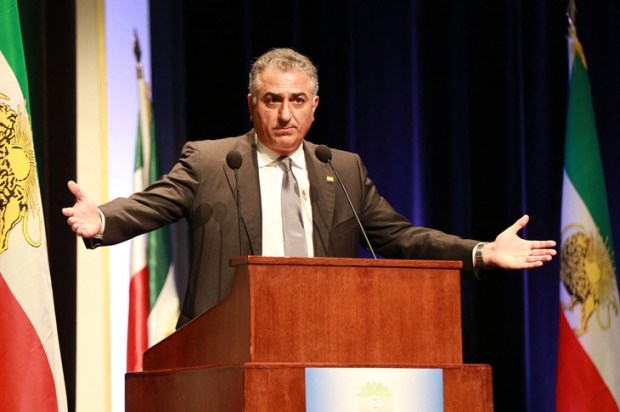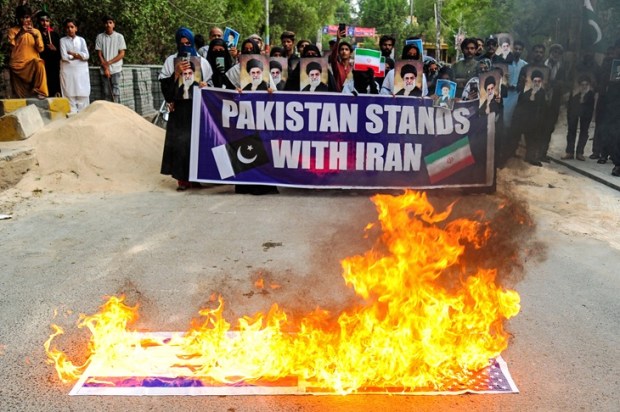A fundamental transformation in the structure of power – especially in a country like Iran with a turbulent political history – requires precision, foresight, and inspiration drawn from nations that have previously transitioned from dictatorship to democracy.
From post-Franco Spain to the former Eastern Bloc countries after the fall of the Soviet Union, modern history is full of examples that offer both lessons and warnings for a rising Iran.
In 1975, following the death of General Francisco Franco, Spain stood at a crossroads: sudden collapse with the risk of chaos, or a gradual transition maintaining social order. What ultimately saved Spain from slipping into civil war was the wise decision of King Juan Carlos, the newly appointed monarch. Contrary to the expectations of Francoists, he did not seek to continue the dictatorship but instead paved the way for democracy.
The so-called ‘negotiated transition’ meant acknowledging the role of former regime actors in the process of transformation. In this model, all political forces, from leftists to remnants of the Franco regime, were given a chance to help shape the new system. A new constitution was drafted, free elections were held, and independent institutions were gradually established.
The lesson from Spain is that even the most deeply rooted dictatorships can be set aside without bloodshed provided that a nation’s elite learn from the past and replace vengeance with national reconciliation. What saved Spain was public trust in a leader who, despite his royal legacy, genuinely pursued democratic reform through peaceful means.
Another example emerged in the late 1980s, with the fall of the Berlin Wall and the weakening of the Soviet Union. One by one, Eastern European nations broke free from communist rule, but their diverging outcomes are deeply instructive. Countries like Poland and Czechoslovakia, led by nationalist intellectuals and guided by detailed transition strategies, successfully institutionalised democracy. Meanwhile, countries like Romania descended into violence, disorder, and corruption.
In Poland, the Solidarity movement, led by Lech Wałęsa, had spent years prior to the regime’s fall building civil institutions, independent media, and public dialogue. The church, intellectuals, and working class united in their call for fundamental but peaceful change. This groundwork enabled a controlled transition.
In stark contrast, Romania lacked both civil institutions and a trusted national leader. The collapse of Nicolae Ceaușescu’s absolute power led to public executions and widespread unrest. The absence of a transition plan, leadership vacuum, and failure to inspire public trust pushed the country into chaos and corruption.
The broader lesson from Eastern Europe is clear: successful democratic transitions require prior institution-building, public readiness, and leadership that arises not from ideology but from wisdom, legitimacy, and national trust.
Moving from an ideological regime to a democratic system is not achieved through impulsive revolt or blind violence, but rather through collective wisdom, strategic reconciliation, and insight from global experience. Today’s Iran beset by domestic crises and international pressure stands at a similarly historic crossroads.
And in this moment, Crown Prince Reza Pahlavi emerges as one of the few figures who is widely recognised both inside Iran and internationally as a symbol of peaceful and national transition. His speeches and public stances consistently emphasise nonviolence, rejection of revenge, national reconciliation, and the urgent need to build democratic institutions.
He is not merely a historical figure, but a moral and forward-looking leader. Alongside intellectuals, experts, and nationalist forces, he has helped design a set of proposals for the transition period, including concrete plans for the first 100 days and the national rebuilding process. Through careful analysis of Iran’s political, social, and regional conditions, Reza Pahlavi has shown a comprehensive understanding of what a successful transition requires and he stands ready and accepted by the Iranian nation to lead this path.
The Iranian people, too, can by drawing on their own rich history and culture, learning from the experiences of other nations, and embracing wise and popular leadership shape a free, secular, and stable future for the generations to come, and help restore peace and stability to a Middle East that has burned in the fire of ideology for over four decades.
Leila Naseri :Author | Composer | Social Monarchist Activist

























